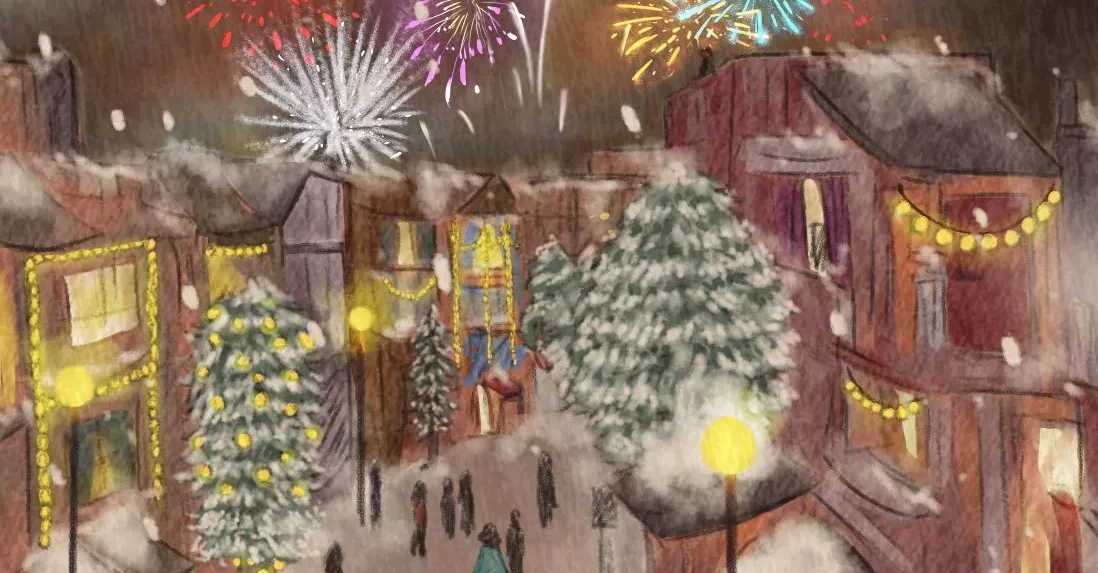Bangla Language and Literature: A Millennium of Heritage

To celebrate February, the month of our mother tongue, I have decided to look back on our heritage to pay attention to how and how far our mother tongue had come this far as well as how it reached the point where the people of this language were passionate enough to be ready to give away their lives for this language.
Table of Contents
Bangla’s Ancestry
When we trace Bangla’s origin, at the furthest, we reach back to the Indo-European language family, the prevalent language family in western and southern Eurasia. As humanity spread out and diversified, its lineage continued through Indo-Iranian and Indo-Aryan. It eventually came to Prakrit —sort of the early form of Sanskrit that had evolved among the native South Asian population.
Prakrit means “natural”, in contrast to Sanskrit, which means “constructed” or “refined”. Prakrits were the regional spoken (informal) languages of people in ancient India. At the same time, Sanskrit was considered the formal language specifically constructed by and for the upper classes, especially Brahmins, used for literary, official, and religious purposes.
South Asian caste system has its roots linked to its idea of Aryan-supremacy and discriminating non-Aryans in their reign. It often resulted in non-Aryans forming their own cultural norms and often converting into Buddhism. In a way, Bangla’s history can be back to resistance against elitism and discrimination.
Bangla Throughout Ages
Ancient (950-1200 CE)
The earliest example of Bangla is Charyapad. Its language is incomprehensible today. Its poets did not write them for general people; rather, they did it for themselves. Moreover, they may not have intended to even write literature. They were all Buddhist devotees. They intended to document their secrets of spirituality.
Because the language of Charyapad is so distant from modern-day Bangla, it contains a lot of similarities with Assamese, Odiya, and Maithili, and scholars of these languages claimed it to be their origins. But in 1926, Dr Sunitikumar Chatterji proved that Charyapad is the legacy for Bangalees and none else.


Dark Age (1200-1350 CE)
Charyapad was written throughout 950-1200 CE by 24 Buddhist monks, who are presumed to flee the Bengal region commit to their spiritual devotion in the hills of Nepal.
After this, we do not find any example of Bangla for one and a half-century. This is why is this period is known as the Dark Age of the history of Bangla. The most prominent theory among linguists and anthropologists is that Bangla language and literature were most conserved in oratory form before the medieval age. The written collection of Charyapad was an exception rather than the norm, presumably due to their hostile situations and lifestyle.
Medieval Age (1350-1800 CE)
After fifteen hundred years of darkness, the middle age of Bangla. The earliest example to be found from this era is the epic poem ‘Srikrishna-Kirtan’ by Baru Chandidas. It was found in 1909 in a barn in Bankura, West Bengal. Its main characters are Radha & Krishna, and it is considered the first Bangla epic.
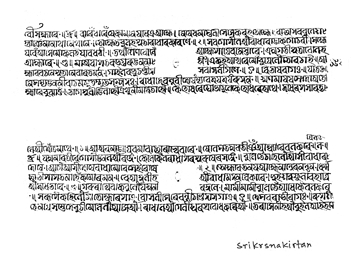

Mangalkabya
The medieval age is more notable for the poems known as “Mangalkabya”. Many poets wrote in this genre of narrative poetry for about 500 years. All of them mostly had similar tropes, so far, which is often the same story with different characters.
In these poems, the gods of heaven were cursed and banished for their own crimes. They are assigned to spread the worship of another god among the people, thus getting rid of their curse. Finally, one day in a grand procession, they go back to heaven like gods.
Baishnab Padabali & Sri Chaitanyadeb
The second stage of evolution in medieval Bangla is “Boishnob Podaboli”. Bangla literature had gained a plethora of richness and depth. Unlike the repetitive and forceful length of the “Mangalkabyas”, Baishnab poetry was full of human emotions and natural descriptions.
All of medieval Bangla were religious literature; Baishnab poetry was not totally out of it. Yet they significantly stood out because they were not written keeping any specific religion. Rather it was a movement to unify all religious concepts into human love and kindness and how they all equally deserve Divine love and mercy.
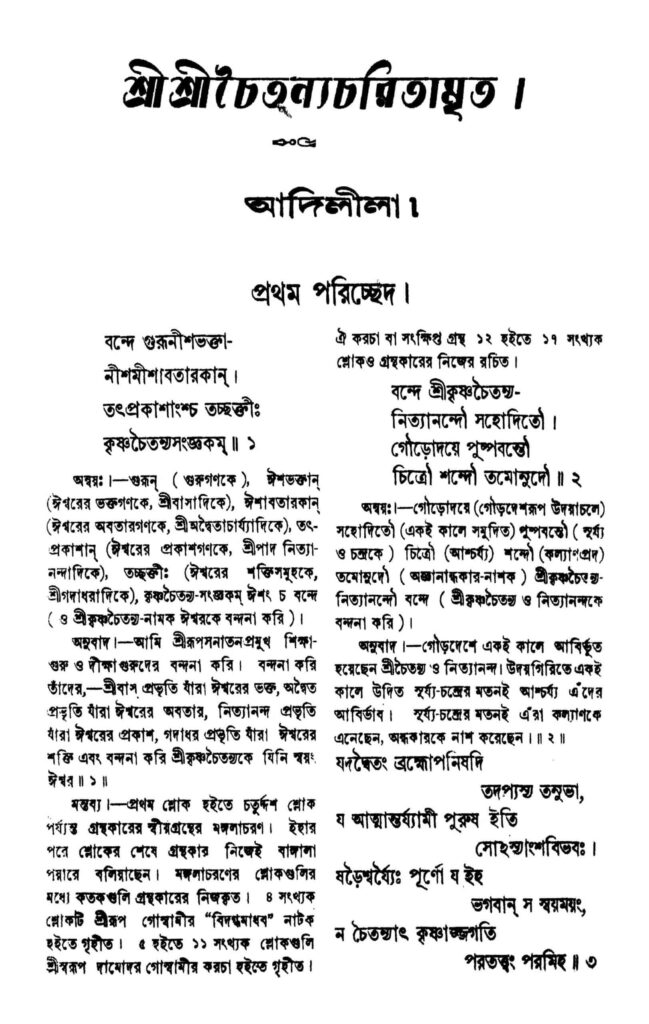

This concept was invented and preached by a person named Sri Chaitanyadeb —which later became popular as the Baishnab religion. He was one of the rare few early people to attempt any reform in Bengal’s prejudice and superstition ridden traditional constraints. Thus without writing anything himself, he inspired a generation of poets among the people he left behind.
Muslims In Bangla Literature
Even though Islam was introduced to the Bengal delta as early as the 12th century and the Muslims took over its reign by the next century, Muslim poets were only found contributing in Bangla literature until the later parts of the 14th and 15th centuries. Even in the later Baishnab poetry, we see some Muslim poets.
Muslim poets added novelty in Bangla in various ways. All of the medieval Hindu literature primarily told stories of gods and demigods; human characters rarely came into the limelight. Muslims first introduced iconic characters like Yusuf-Zulekha and Lailee-Majnu in Bangla.
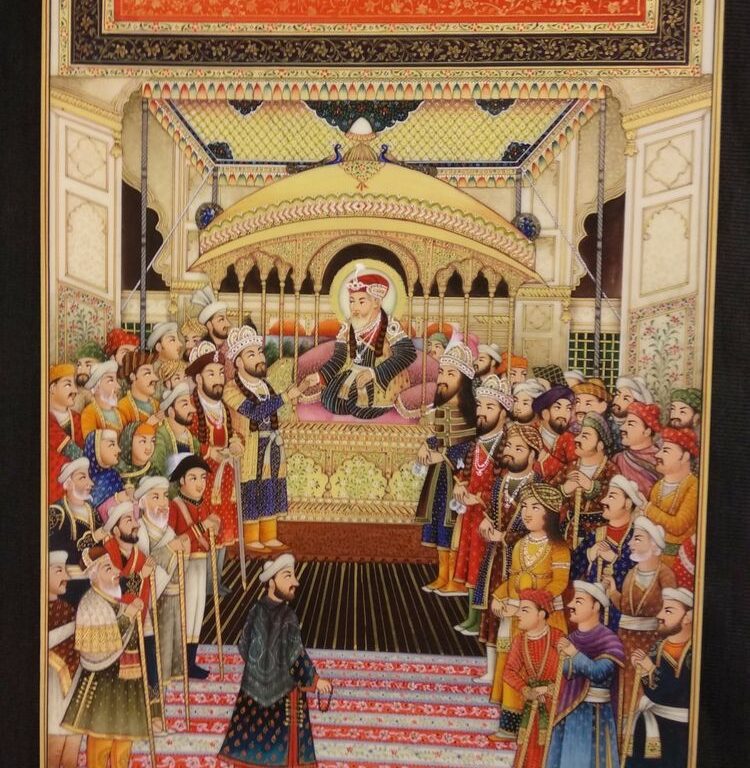

They did not just tell stories from Quranic sources either. They often took inspiration from Ramayan & Mahabharat as well. Famous poets from the Middle Ages include Syed Sultan, Abdul Hakim, Kazi Daulat, and Alaol. They gave Bangla poetry a beauty that their fellow Hindu poets could not reach on their own. As a result, from the Middle Ages onwards, Bengali literature became the property of both Hindus and Muslims.
Bangla Under Occupation
British Era (1800-1947)
Despite the torturous and relatively disastrous effects of colonization, we have to admit that the evolution of Bangla language and literature took a great leap under British patronage. Just like the Gutenburg Press and predecessors allowed mass production and consumption of literary works in Europe; similarly, East India Company and the British reign’s resources allowed Bangla to grow exponentially. The broadness Bangla language had achieved in this period is far beyond the scope of this article, so we will be only discussing very few major milestones.
First Proses
Throughout the ancient and middle ages, Bangla only existed as poetry, so the initiation of Bangla’s Modern Era can be specifically pointed at where the written language was also used without poetic rhythms.
In 1734, Manuel da Assumpção, a Portuguese missionary, wrote the first grammar of the Bangla language. After the British got a strong hold over Bengal, they focused on communicating with the locals. As a result, Nathaniel Brassey Halhed’s “A Grammar of the Bengal Language” was the first Bangla grammar to be printed.
Two institutions were key to the start of wide-spread publications in Bangla, Fort William College in Calcutta and the Sreerampur Mission. Although there was no attempt to create literature here, the primary purpose while composing these books was to ease the British civilians getting acquainted with the country, it was taken into consideration while composing the book.
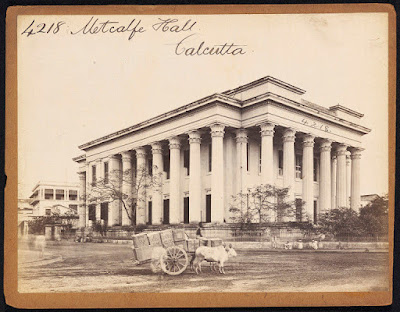

That’s why textbooks were written at Fort William College, and prose grew up relying on textbooks. With this, in the hands of people like William Carrey, Ramram Basu, Mrityunjay Bidyalankar, etc. Bangla gained such momentum that it is benefitting us to this day.
Bengali Renaissance & Tagore Period
With this unstoppable spread of access to knowledge and voicing out thoughts and opinions, two major changes were initiated in Bangla.
Firstly, Bangla literature started becoming enriched in a variety of formats. Peary Chand Mitra wrote the first novel in Bangla. Kaliprasanna Singha wrote satirical sketches reflecting contemporary Bangalee urban society. Michael Madhusudan Dutt alone revolutionized Bangla literature. He is most notable for writing the first sonnet, first tragedy as well as first modern epic —which was originally meant to be recited, unlike medieval epics, which were written to be sung.
Secondly, it propagated free-thinking and attempts at social reforms in Bengal. One of the earliest examples would be the ‘Young Bengal Movement’ emerging from Hindu College (known as Presidency University at present) refused contemporary Hindu traditions and prejudices.
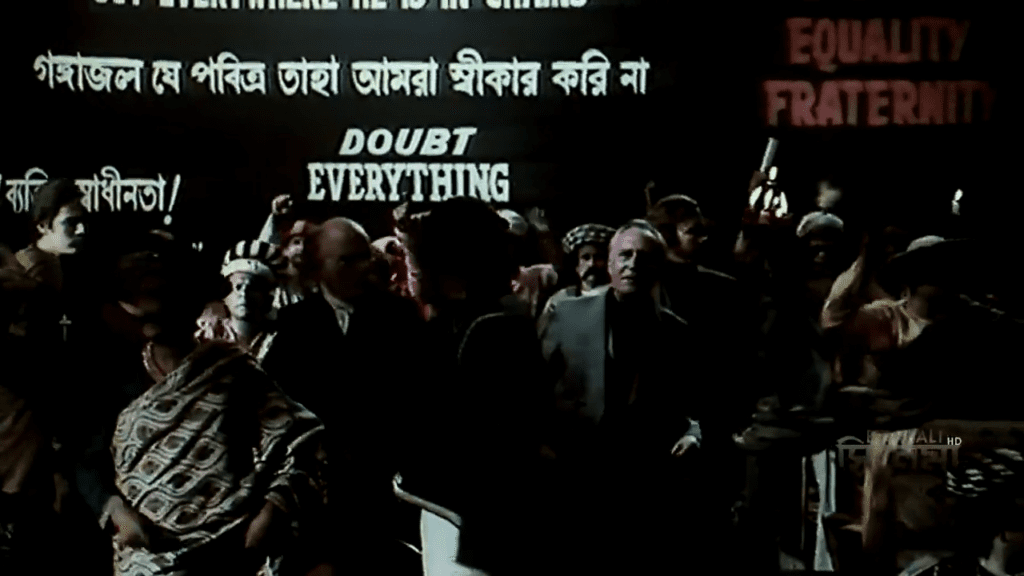

This eventually laid the path for Raja Ram Mohan Roy to found Brahmo Samaj and Ram-Krishna Mission which were key to Bengal Renaissance. The movement questioned Indian society’s established conventions and rituals, such as the caste system, dowry system, and Sati-dah practice (the ancient Hindu tradition of wives being burnt alive with their husband’s corpse).
During Bengali Renaissance, rather in its latter period, Bangla literature was again blessed by one more multi-talented litterateur, Rabindranath Tagore. He was the first person whose contribution could be considered to outweigh Michael Madhusudan. Tagore and his contemporaries’—like Nirod C Chowdury, Mohitolal Majumdar, Kazi Nazrul Islam, Buddhadeb Basu, etc.—emergence created a stir in Bangla literature discourse, which in result gave Bangla literature a concrete structure.
Post-Tagore Times
After the 1st World War and the Russian Revolution, anti-imperialist views started to grow in popularity—a theme Tagore mostly avoided, rather he notable pieces that intended to praise and please the British overlords. This wave gave Bangla literature a new direction. A few magazines were the main mouthpieces of this literary movement. These were “Kallol” (1923), “Pragati” (1926), “Kalikolom” (1926), etc. Even though these magazines were initially intended to carry on Tagorian legacy, over time, they evolved to become the voice for the newer generation of Bengalee poets and writers, such as Buddhadeb Basu, Achintyakumar Sengupta, Sharatchandra Chatterji, Kazi Nazrul Islam, etc.
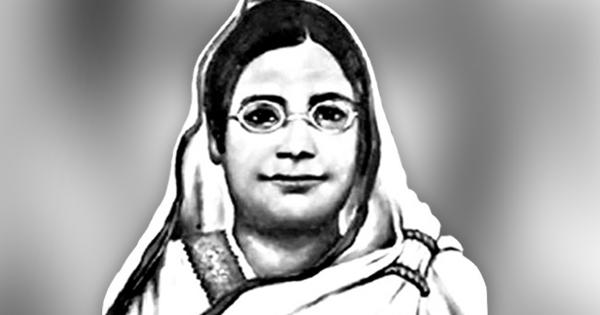

Although the Bengal Renaissance was initially led and dominated by upper-caste Hindus and succeeded in replacing various Hindu dogmatic practices with more humanist ideals, Bengali Muslims played a transformative role in the movement, as well as the shaping of colonial and postcolonial Indian society. Kazi Nazrul Islam, Begum Rokeya Sakhawat, Qazi Motahar Hossain were some key figures from Bengali Muslim Renaissance.
Pakistan Era (1947-1971)
Immediately after the partition in 1947, Bengalis and East Bengal (East Pakistan) faced various problems. Along with refugee problems, economic hardship, community issues, etc. Since the beginning, Pakistani leadership has had a negative attitude towards East Bengal and Bangla languages. Immediately after the establishment of Pakistan, the people of this country could understand the futility of the state system based on religion.
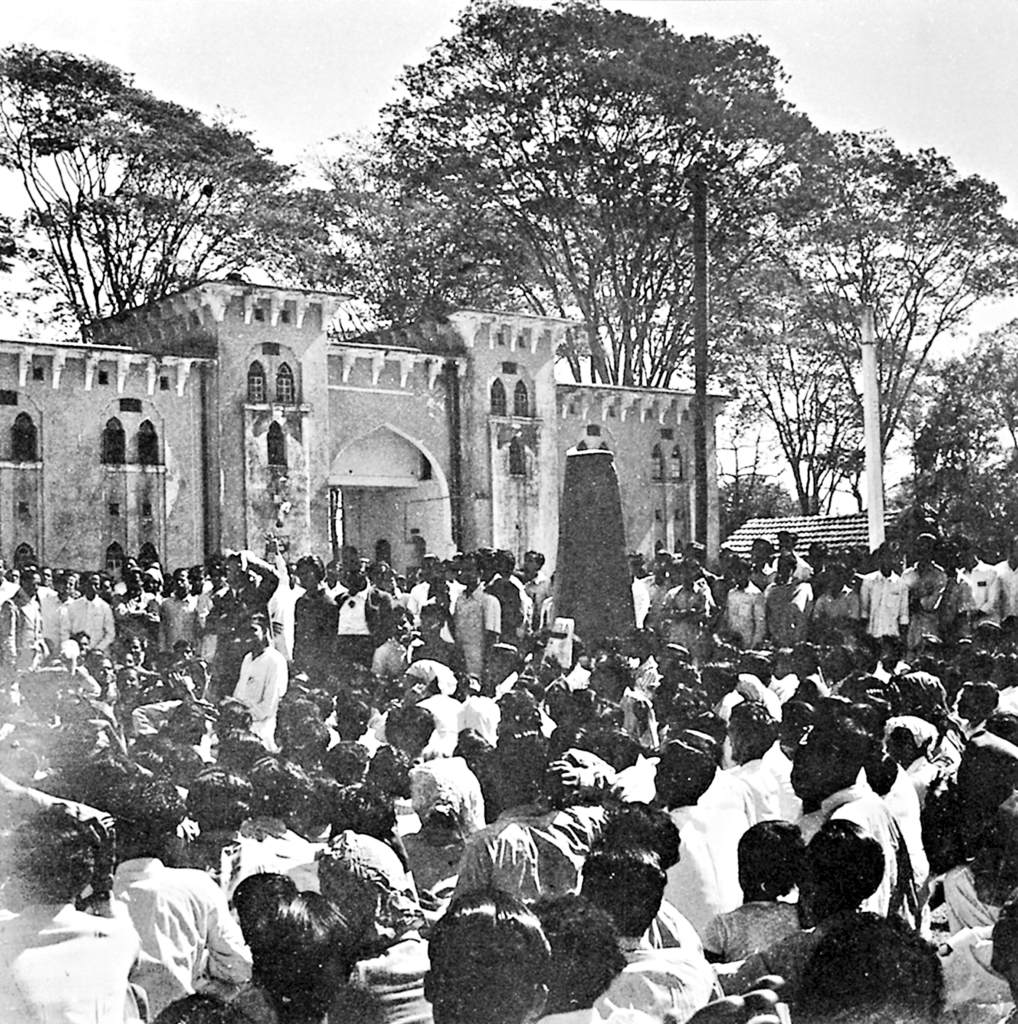

The Pakistanis treated East Bengal as one of their colonies, and they tried to make Urdu the only state language of Pakistan, revoking Bangla from official status. But due to their unwavering devotion and love for Bangla, the Bengalis started a movement against it, followed by the Language Movement.
As a result, the first phase of Bangla literature was formed through the power that the Bangalees acquired in the spirit of independence.
Conclusion
Bangladesh is only 50 years old, still a young nation from the context of world history. But it does not mean our legacy doesn’t reach far beyond that. Our conventional curricula and general knowledge books often leave us with the impression that our heritage is constricted within the bounds of ’52, ’69, and ’71, whereas the truth is nothing but its contrary. For centuries since its beginning, Bangla has been the voice for the voiceless fighting elitism and injustice. We hope, revelling through glory, we can inspire ourselves and others to carry on this spirit.

